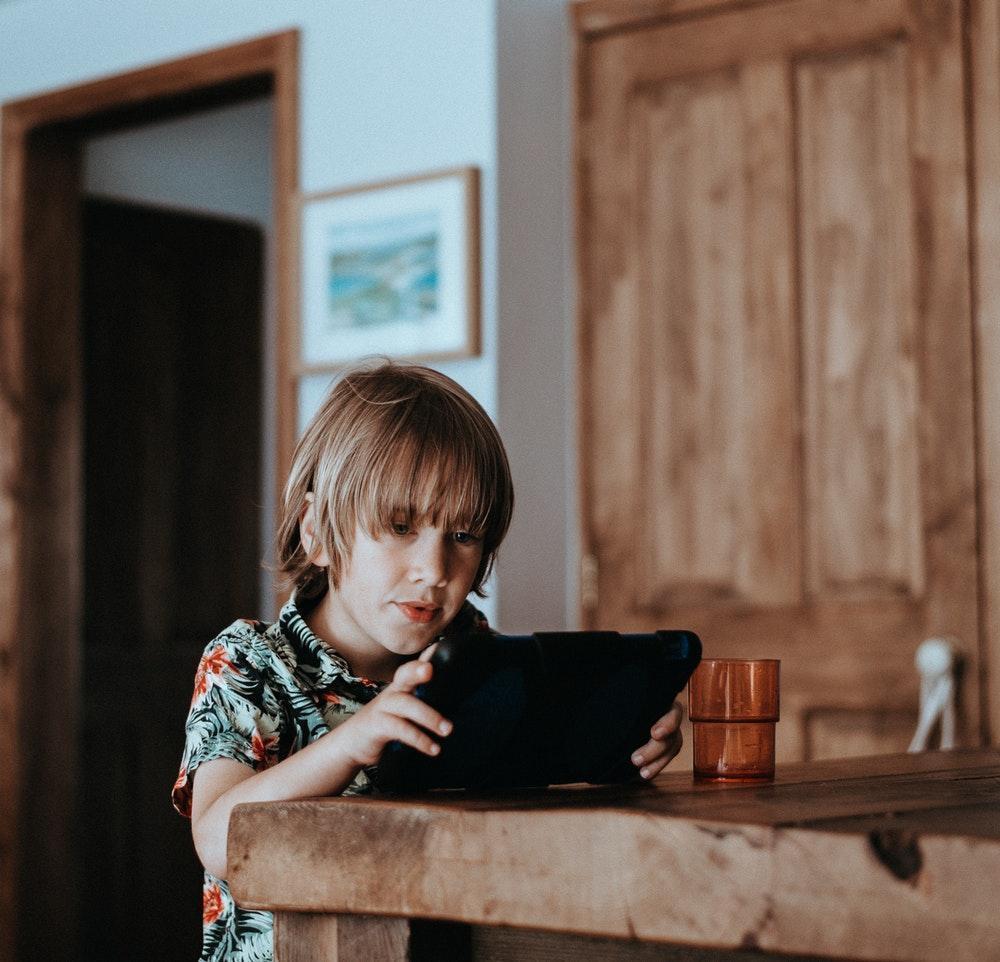Looking at a group of children, it is common to see an ever-present phone or tablet in their hands. Compared to previous generations, children today are immersed in technology more than ever before. Various forms of technology are readily available and this can have both positive and negative effects on a child’s growth and development.
Technology and Homeschooling
With an increasing threat of school violence, parents may consider alternatives to traditional public schooling. This opens the door to embrace advancing technologies and school districts that are putting more emphasis on distance education and online homeschool platforms. The stability and popularity of these online platforms have significantly improved over the past decade. This can be an ideal option for parents who wish for their children to learn at home but may feel unqualified to teach every subject themselves. With live and interactive classrooms, blackboards and chat, using this technology can be a fun experience for students while they grow and develop in their education. However, unlike a traditional brick-and-mortar school, there may be no physical education requirements and attending school daily in front of a screen can lead to a sedentary lifestyle.
Digital World Vs. Real World
As a child, you likely enjoyed being outdoors to ride a bike or play tag with friends. However, since forms of technology are widely available now, children are spending more time in an indoor, online world than the real world. There are numerous educational games, resources, and apps for learning and development, but spending large amounts of time in front of a screen can alter how social skills are developed. Children no longer have to go out and play with friends because they can instantly meet them in a virtual world of games and fun. This type of instant gratification to be able to connect with others at any time can be helpful, but could also lead to disappointment when things in the real world don’t happen as quickly or easily. The ability to speak and write effectively can be lost in a sea of shorthand and text language. A lack of physical activity can dramatically increase the likelihood of health or weight management risks, especially in children with anxiety issues. Many skills and friendships can be developed and grown with the use of technology and educational tools; however, time spent in a virtual world must be balanced with time in the real world to avoid some of the negative social and physical effects.
Shine Brighter
Future IT Professionals
Children using technology may become frustrated when there are glitches or issues with the products they use. Most products and tools now depend on technology, whether it is a vehicle or a refrigerator. When encountering issues, children can develop problem-solving and critical thinking skills while looking for a way around, or solution, to an issue. Children being invested in the technologies they use may foster a desire to understand how it works or is developed, which would be an advantage in expanding technology and software development fields. Using and understanding technology early can also be beneficial because most jobs and careers currently and will continuously require employees to possess a minimum of basic technical skills.
Technology is the present and the future. Children are growing and developing in an increasingly technologically advanced world, and there are positive and negative effects of its use on a child’s growth and development. However, creating a balance between the amount of time is being spent in front of the screen and how much time is being invested in mindfulness away from the screens is vital for both their minds and bodies.






